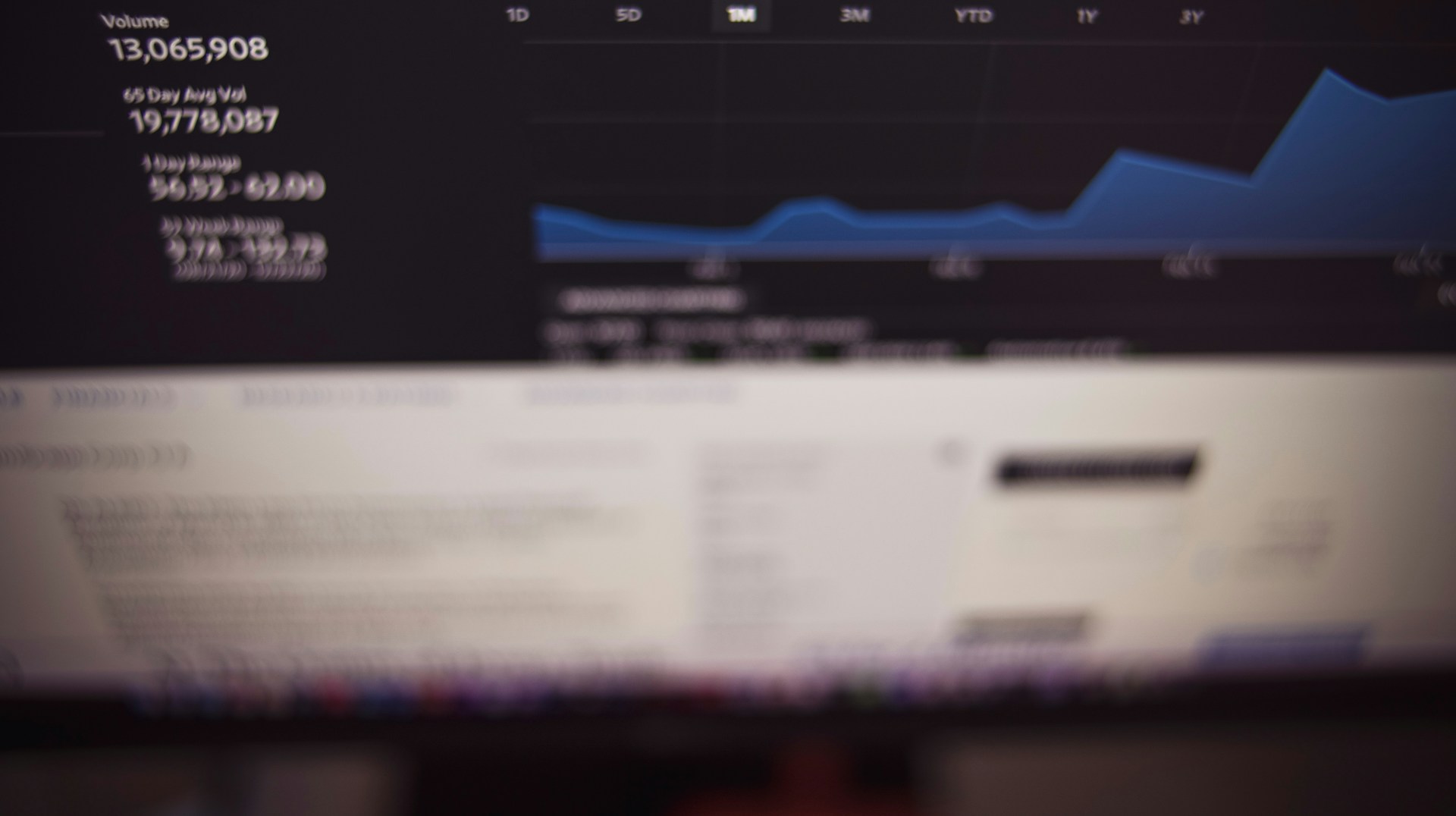Several stocks in the S&P 500, along with the index itself, are approaching a technically concerning chart pattern known as the “Death Cross.” This formation occurs when a stock’s 50-day moving average dips below its 200-day moving average—a trend often interpreted as a signal of weakening momentum and the potential for further declines.
Paul Ciana, chief technical strategist at BofA Securities, notes that previous Death Cross events in the S&P 500 have produced mixed results. The key, he says, will be whether the 200-day moving average has dropped at the close of the last five trading sessions. If so, it could indicate that stocks have more room to fall in the near future. Ciana adds that this may signal a return to last week’s lows, which marked the index’s bottom for 2025 so far.
Others in the market are less alarmed. Craig Johnson, chief market technician at Piper Sandler, views Death Crosses as lagging indicators. Rather than foreshadowing further losses, he believes they can actually signal an upcoming recovery rally.
Stocks on the Brink of a Death Cross
Among the stocks nearing a Death Cross are Walt Disney and Bank of America. Both are seeing their 50-day averages approaching or crossing below their declining 200-day averages—a pattern suggesting a slowdown in momentum and the risk of additional downside.
Despite this, analysts remain cautiously optimistic about Disney. Investment firm Bernstein recently reiterated its “Outperform” rating on the stock. While short-term uncertainty remains, the firm sees long-term growth potential in Disney’s theme park division, which could support stock price gains into next year.
“Disney is a complex structure with many moving parts—linear TV/sports, theme parks, and streaming—each with significant relevance and complexity,” noted analyst Laurent Yoon.
Bank of America: Technical Pressure Despite Positive Outlook
Bank of America’s 50-day average is hovering just above the 200-day mark of $42.53. The stock has lost nearly 16.7% since the start of the year. Despite the technical weakness, analysts cite the bank’s attractive valuation and potential for improved net interest margins as reasons for optimism.
The company is scheduled to release its quarterly earnings on Tuesday before market open, which could provide more clarity on its outlook.
Delta Air Lines: One of the Year’s Worst Performers
Delta Air Lines is also close to forming a Death Cross. The stock has declined by 14% in April and more than 33% year-to-date, making it one of the weakest performers in the S&P 500.
The airline announced on Wednesday that it will not add new flights in the second half of the year due to weaker-than-expected bookings—a decision linked to the uncertain trade policies of the U.S. government. This follows Delta’s March revision of its first-quarter forecast.
Tesla Flashes Bearish Signal
While not a textbook Death Cross, Tesla‘s 50-day moving average has recently fallen below its 200-day line—a potentially bearish sign. However, since the 200-day average is still trending slightly upward, the pattern doesn’t meet the strict criteria for a Death Cross.
Tesla shares have dropped over 38% this year, marking the steepest decline among the major tech players. Nevertheless, some analysts remain bullish. On Monday, Deutsche Bank reaffirmed its “Buy” rating, seeing Tesla as a leader in the age of integrated artificial intelligence.
As these technical signals unfold, investors remain split between caution and optimism. While chart patterns like the Death Cross can hint at future market moves, broader factors—including earnings reports and macroeconomic policy—will likely shape the path ahead.



